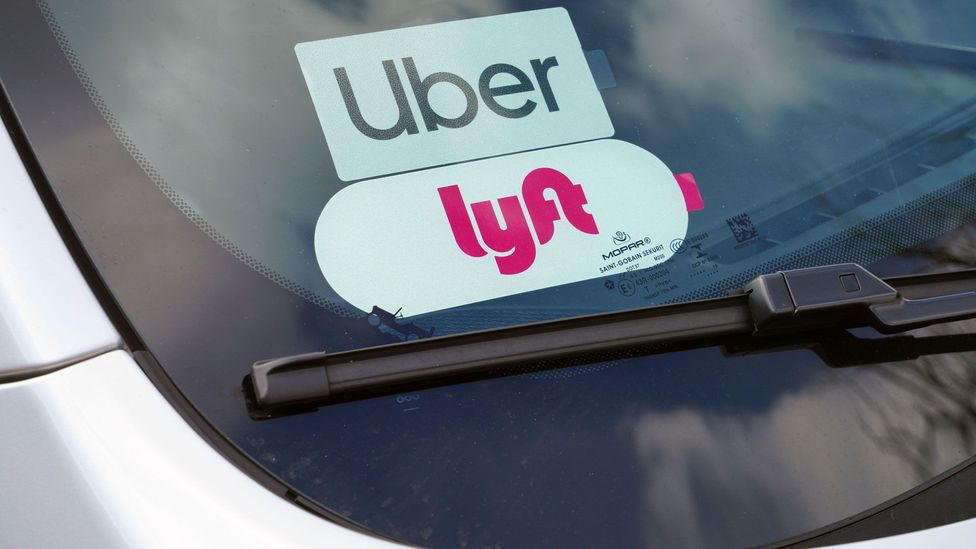Whether it's a Friday-evening flight, a hotel during the holidays or a taxi ride in a downpour, we have all been burned by higher-than-normal prices due to excess demand. Raising costs when businesses are busiest is the norm across the travel industry, for instance – but now, consumers are beginning to see these 'surge prices' in more sectors.
In the UK, Stonegate Group, which owns nationwide pub-and-bar chain Slug & Lettuce, announced they would start charging more for beer during peak hours. The trend is spreading. An October survey of more than 2,000 UK consumers from Barclays showed 47% of British people had noticed examples of surge pricing, with 32% seeing an increase in the price of food and drink in pubs and bars during peak times.
The concept of dynamic pricing is simple – and easy for businesses to implement. "Surge pricing is directly linked to increases in demand. In periods of high demand, the scarce goods are more valuable, and companies can increase their prices," says Arnd Vomberg, a professor of digital marketing and marketing transformation at the University of Mannheim Business School, Germany.
Perhaps the most well-known example of this is within ride-share companies, including Uber and Lyft, which have used surge pricing for years to charge riders when demand for cars spikes relative to the number of drivers available. However, while these companies have become synonymous with the concept of surge pricing, it's not new – airlines have been implementing this business model since the 1980s, and sites such as TripAdvisor, Skyscanner and Airbnb have also adopted it more recently.
Outside travel, online stores are increasingly using this dynamic pricing, too, says Vomberg. "On Amazon.com alone, millions of price changes occur within a day, corresponding to a price change of approximately every ten minutes for each product." He adds price changes not only occur frequently but can also be substantial. He cites a 2016 study, which showed the price of a Nikon camera on Amazon changed within hours from €700 ($743; £612) to €1,687 ($1,790; £14,74) – a difference of €987 ($1,048; £862), or 240%.

Many people were introduced to the idea of surge pricing through ride-share companies (Credit: Alamy)
While consumers might not always pick up on these variations in price, Vomberg says time-based dynamic pricing will likely become a competitive standard at least in online markets. He attributes this largely to the development of algorithms that naturally build the approach into business models. "AI-enabled tools can rely on internal inventory levels or derive optimal prices via machine learning algorithms. They can also track and learn competitor and customer responses to price changes," he says.
Now, surge pricing is happening withing brick-and-mortar establishments including bars and supermarkets as well. "Physical businesses are adopting electronic shelf labels that enable real time price adjustments depending on the time of day, stock levels and whether items are approaching their sell-by date," says UK-based Sarwar Khawaja, chairman of the Oxford Education Group. He says this technology is likely to cause prices in bars that use these signs to increase during the rushes of dinner, weekends or holidays, or for supermarkets to adjust prices throughout the day or week, depending on volume of shoppers.
The current economic climate is also driving the need for these pricing technologies. While creating competitive prices is always key to healthy profit margins, Khawaja says dynamic pricing enables businesses to optimise their pricing depending on the financial situations of their customer base. "Businesses can offer discounts during downturns by marketing 'inflation-busting' deals, while increasing prices in better off areas," he says.
The changes, however, may not sit well with consumers. For instance, online backlash to the Slug & Lettuce announcement was swift.
"Dynamic and surge pricing will likely expand to more industries and more companies in the long term, but just because a product may be popular does not mean that customers are willing to turn a blind eye to being charged more," says Khawaja. He adds surge pricing can cause customers to lose faith in a company if they believe they are being overcharged. "It's likely that we'll see some use cases rejected by consumers – perhaps dynamic pricing of a beer in your favourite pub might be a step too far for loyal customers."
Why surge pricing is coming at restaurants, online retailers and more - BBC.com
Read More

No comments:
Post a Comment